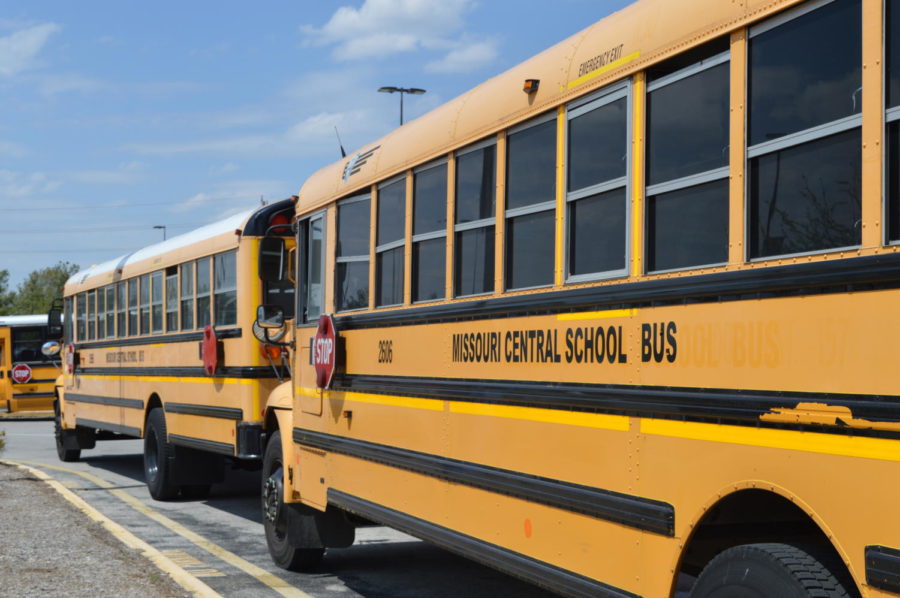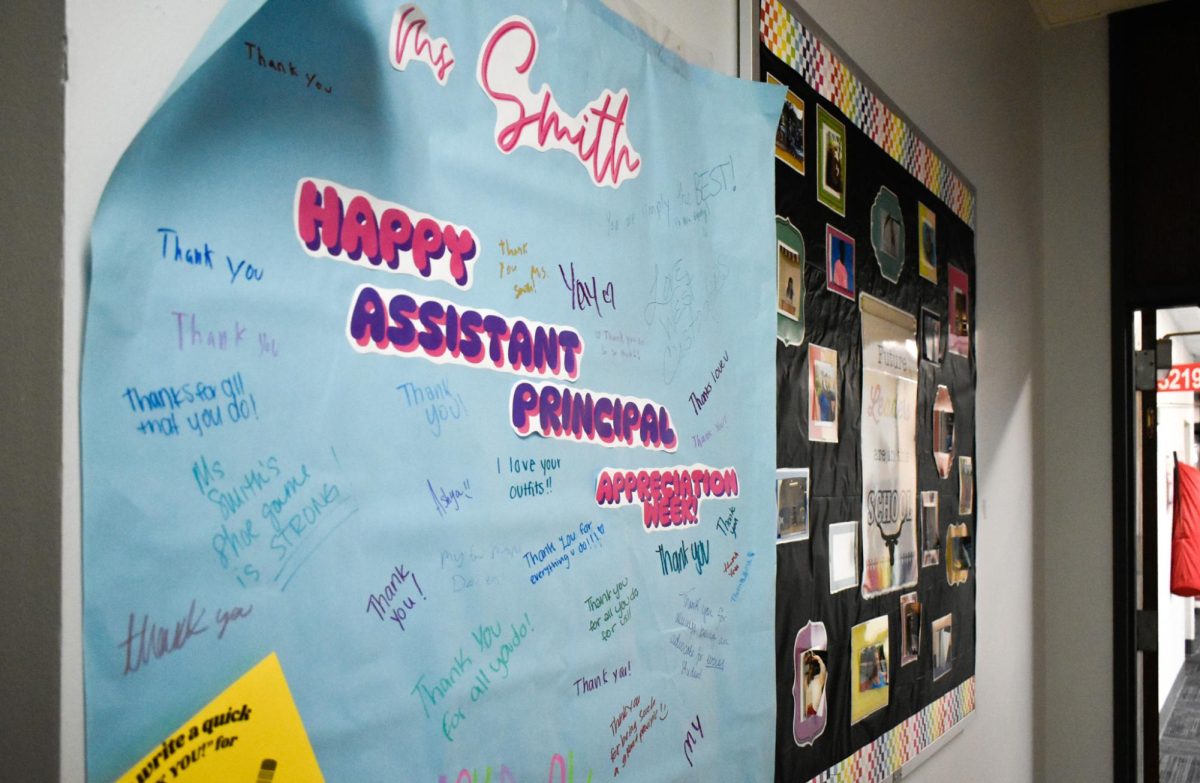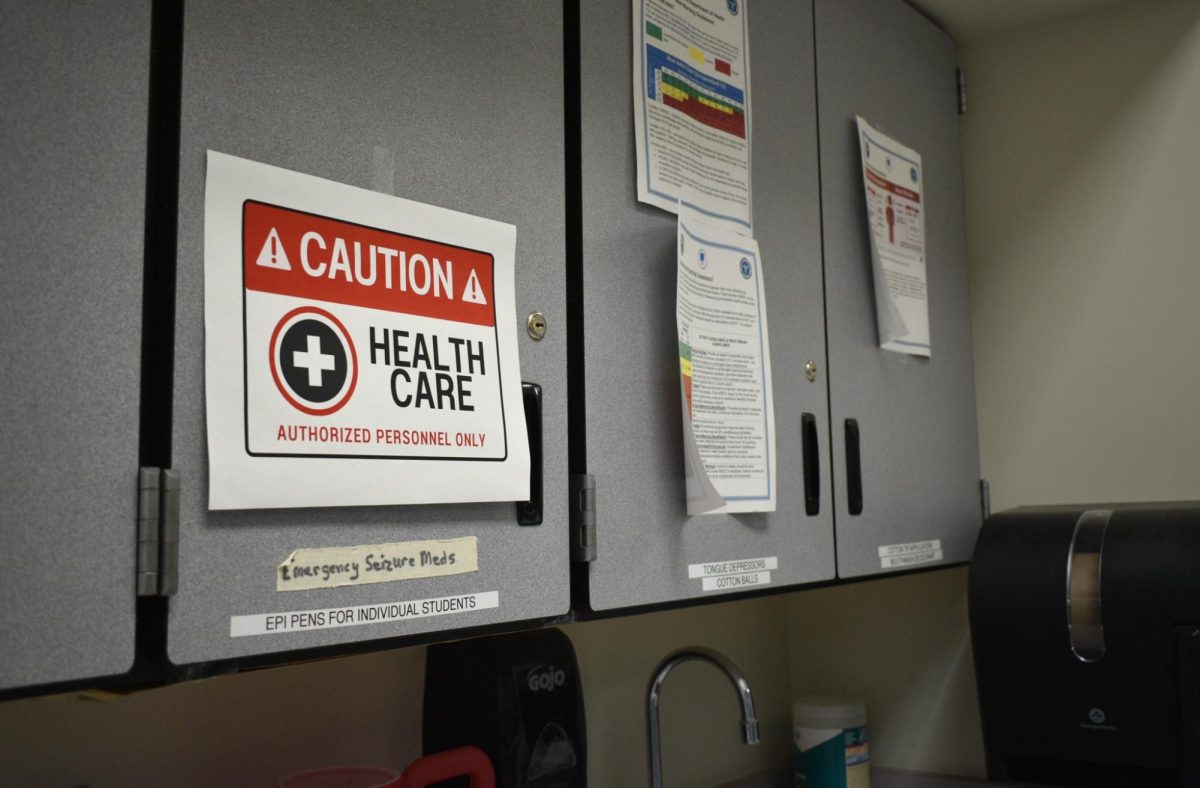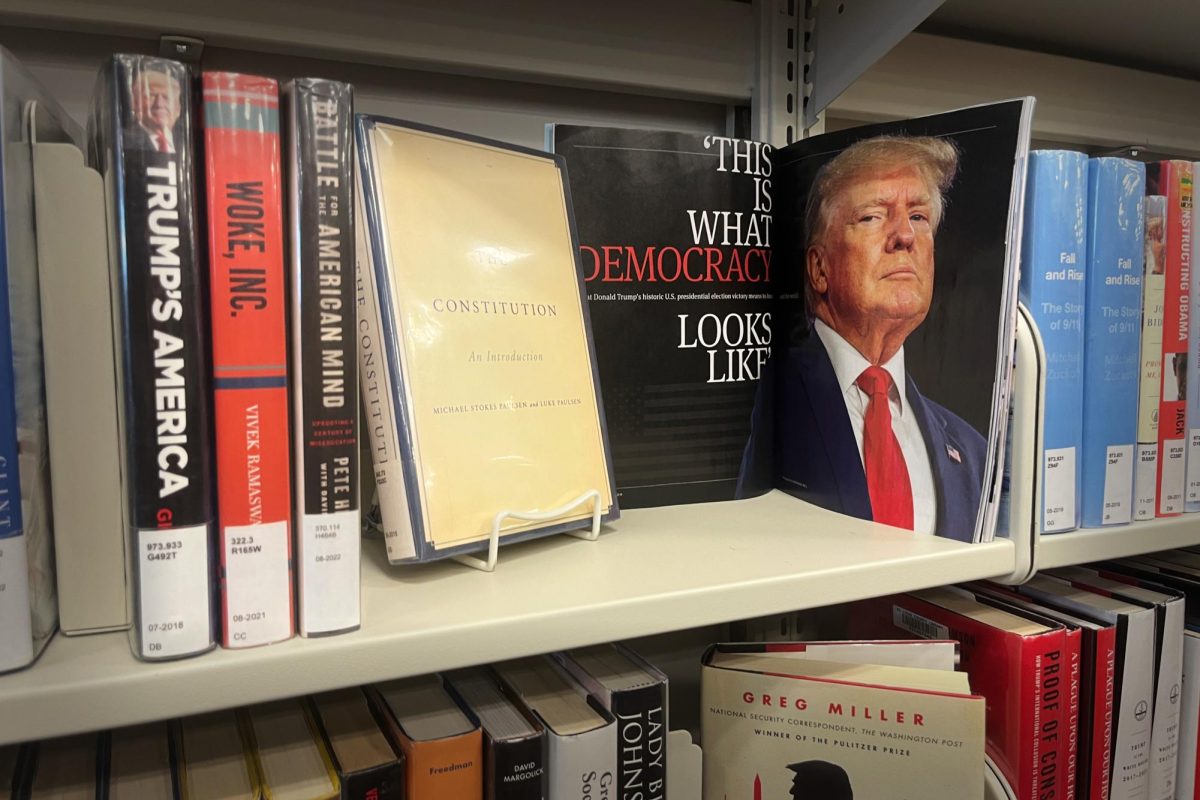With a 10.8 percent African-American and a 71.9 percent white population, West High school is not exactly an exemplar of diversity. The statistics have been growing more disparate in recent years, and this image was mirrored across many St. Louis County schools. To remedy this, the Voluntary Interdistrict Choice Corporation (VICC) was created in 1981 as an attempt to desegregate both city and county schools; this year West has enrolled 96 city students.
Those 96 students make up 7.14 percent of the total student body, and losing them would reverberate throughout the school both educationally and culturally. As it turns out, that is exactly what is going to happen. As of the 2018-19 school year, the VICC will be rolling back its numbers until its complete shutdown in 2023-24. Ending this program will drastically lower the level of diversity at West High and quality of education that thousands of students experience everyday.
While accreditation is an important step and a baseline for the quality of education that a student can get in a particular district, accreditation alone does not paint the whole picture and certainly does not make two districts equal. West High is currently ranked 12th out of all Missouri high schools, while Saint Louis Public Schools (excluding their magnet schools) are ranked 37th and below. Every student deserves the opportunity to have a strong education to set them up for a future of success, and ending this voluntary transfer program strips African-American city students of access to a more comprehensive and rigorous high school program.
Even more than education, the most visible repercussion of ending the VICC will be far less diversity in county schools, and with that comes far fewer viewpoints to come together in discussion, foster bonds and gain understanding. Lowering the diversity level at West by taking away such a vast amount of our minority population will make it harder for all of us to really learn the challenges that people are facing in the world around us, harder for all of us to work together and find practical solutions, harder for all of us to just connect with one another. The real-world is a diverse place, and it is important that our schools mirror that and prepare us to engage in dialogue and get out of our comfort zones.
West County is known for being a highly insulated enclave of the Saint Louis area, and ending the VICC only sends us further into this small, white world of ours. The “West County bubble” allows us to relax and not worry about the world around us, to block out all of the noise of politics and societal problems—it does not make them go away. It is the responsibility of every single one of us as young people to make the world the place we want it to be, and we cannot possibly achieve that if we stay within our bubble. We need diversity and the VICC gives it to us.
Society as a whole has a duty to educate its children to the best of its ability, both in the academic world and beyond, and ending the VICC is failing in that duty. City students deserve the high standard of education that Parkway embodies, and both city and county students benefit immensely from the cultural exchange and familiarity that comes with it. Voluntary desegregation is just as relevant today as it was when it was first introduced, and it needs to remain for our communities to be strong.


![Leaning on the podium, superintendent Melissa Schneider speaks to Parkway journalism students during a press conference. Schneider joined Parkway in July after working in the Thompson School District in Colorado. “My plan [to bond with students] is to get things on my calendar as much as possible. For example, being in [classes] is very special to me. I am trying to be opportunistic [meeting] kids [and] being in [the school] buildings. I have all the sports schedules and the fine arts schedules on my calendar, so that when I'm available, I can get to them,” Schneider said.](https://pwestpathfinder.com/wp-content/uploads/2025/09/IMG_5425-1200x943.jpeg)


![Red, white and blue, the American flag holds the values of our democracy. The fight that we once endured has returned, as student journalists and senior correspondents across the country are losing their voices due to government control. “[Are] the White House and [the] government limiting free speech [and] freedom of the press? Yes [they are],” chief communications officer of the Parkway School District and former journalist Elisa Tomich said.](https://pwestpathfinder.com/wp-content/uploads/2025/03/Untitled-design-14.jpg)
![A board in the Parkway West counseling department displays pennants of selective universities. With a wide range of students interested in attending, it’s important that these schools have clear priorities when deciding who to admit. “[Washington University] had the major that I wanted, psychology, philosophy, neuroscience. That's a holistic study of the brain, and [WashU is] the only college in the world that offers that. That's the main reason I wanted to go; I got into that program,” senior Dima Layth said.](https://pwestpathfinder.com/wp-content/uploads/2025/02/Flag-1.png)

![Within the U.S., the busiest shopping period of the year is Cyber Week, the time from Thanksgiving through Black Friday and Cyber Monday. This year, shoppers spent $13.3 billion on Cyber Monday, which is a 7.3% year-over-year increase from 2023. “When I was younger, I would always be out with my mom getting Christmas gifts or just shopping in general. Now, as she has gotten older, I've noticed [that almost] every day, I'll open the front door and there's three packages that my mom has ordered. Part of that is she just doesn't always have the time to go to a store for 30 minutes to an hour, but the other part is when she gets bored, she has easy access to [shopping],” junior Grace Garetson said.](https://pwestpathfinder.com/wp-content/uploads/2024/12/DSC_0249.JPG-1200x801.jpg)

![Senior Sally Peters stands in the history hallway, contemplating her choices in the 2024 United States and Missouri elections on Nov. 5. As a member of Diplomacy Club, Peters has discussed key candidates and issues in contemporary American politics. “[As students], we're starting to become adults. We're realizing how much the policies that are enforced and the laws that make it through the House and Senate are starting to affect us. [Opportunities such as] AP [U.S.Government] and Diplomacy Club [make elections feel] a lot more real,” Diplomacy Club vice president and senior Nidhisha Pejathaya said.](https://pwestpathfinder.com/wp-content/uploads/2024/10/Flag-1-1.png)
![Mounting school pressure can leave many students overworked and overstressed. Schools must give students the necessary resources to help assuage student mental health issues and prevent the development of serious crises. “The biggest thing [schools] can do [to protect student mental health] is offer more time [to do work], like a study hall, or offer more support from teachers so that students don't feel stressed out and can get help in areas that they need,” senior Bhavya Gupta said.](https://pwestpathfinder.com/wp-content/uploads/2024/09/unnamed-4.jpg)

Tyler Kinzy • Dec 11, 2018 at 10:29 pm
While we always appreciate you taking the time to read our work and leave a comment, I personally am inclined to disagree with your point regarding diversity at Parkway West. By phasing out VICC, we only further exacerbate inequalities between the city and county. Through no merit of my own, I was fortunate enough to be born into a family that could afford housing in the Ballwin suburbs—which meant I had easy access to the great educational experiences that Parkway has had to offer. An equally-deserving student from St. Louis City would otherwise be trapped in an underfunded, empirically inferior school district. To your remark about the “isolated enclave” that is West County, that demographic situation will never change until socioeconomic minorities have the financial means to live in the county, which, given the correlation between education quality and income, requires better schooling for city students. Basic human psychology tells us that social skills like empathy, tolerance, and compassion must be developed at young ages, which inherently makes schools about as effective a setting for promoting diversity as anywhere. Besides, let’s cross apply your logic. Why is having integrated restaurants, water fountains, etc. important for teaching tolerance when I could just “venture out” into the city “on my own time” to interact with black people as you suggest? Choosing to draw the line for equality at schools is nothing more than an arbitrary brightline. You would be hard-pressed to convince me that there are an abundance of superior alternatives to schools being the ones who promote diversity. All of this is before accounting for the fact that your entire thesis operates solely through the framework of what benefits us white suburbanites, entirely neglecting the obstacles confronting thousands of city families who want nothing more than the best for their children. If you haven’t done so already, I highly encourage you to read a series of articles that I just published last week (please see the link below) about this very topic. I know the interviewees personally and they are some of the kindest, most genuine people you will ever meet. If not for programs such as VICC, I alongside countless other peers would likely have formed hurtful stereotypes as our overall education would suffer as well. There is no valid reason not to embrace different perspectives and walks of life, no matter your zip code or skin color. https://pwestpathfinder.com/2018/12/07/zip-code-and-skin-color-the-power-in-the-stories-that-nobody-tells/
Alumnus • Dec 11, 2018 at 5:09 pm
Instead of moaning over dwindling diversity (a kind which exists within the West microcosm during school hours, mind you) in a voice that (perhaps) unintentionally suggests West oughta continue to recruit black kids who live in the city so they can teach the wide-eyed, white, county students about diversity, maybe it’s a good idea to venture outside of the “isolated enclave” and learn some things on your own time. A campus flanked by Brookhill and Clayton Road will likely never accommodate the kind of fundamental diversity this article seems to want, and why should it be brought to your doorstep, anyway? That is not how a community becomes a diverse community.
Matt Yancey • Dec 9, 2018 at 6:30 pm
Why is this being discontinued? People have a right to be educated at a good school no matter where they live.
Alina Dunder • May 8, 2018 at 7:41 pm
I literally had a conversation about this topic with a group of people, and I personally agree with the lack of diversity aspect of West. What makes a community equal and diverse is including every single voice in a community no matter the race, religion, or living situation. It saddens me reading this that 3 to 4 years after I graduate, students won’t be exposed to having the same diverse community I lived in and grew up in. Diverse communities certainly help build perspective and like our mission at West, we help to make sure everyone has there voice heard as best as we can. Without kids coming in from the city, I would have never become friends with so many different types of people; I would never have met one of my best friends who I know to always be by my side when I need it most. I hope this article spawns more discussion on this topic because it really needs to be addressed before it’s too late.